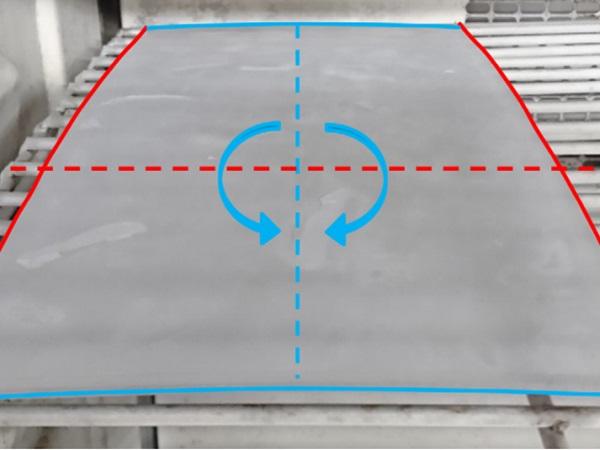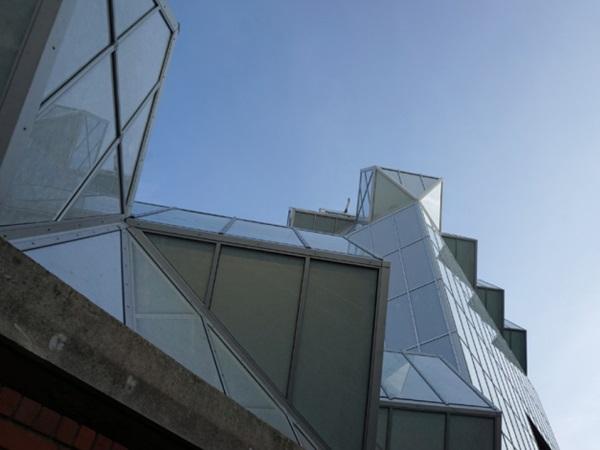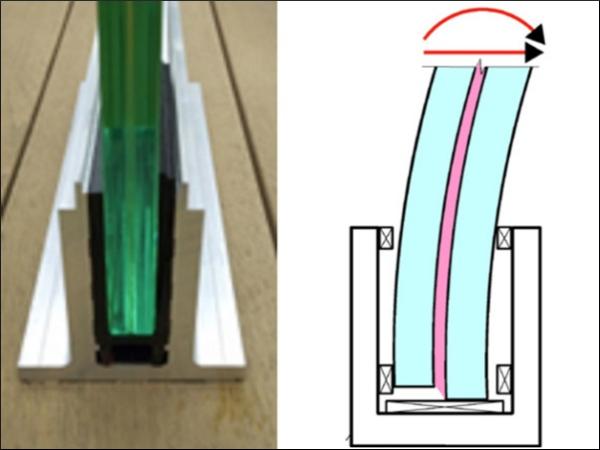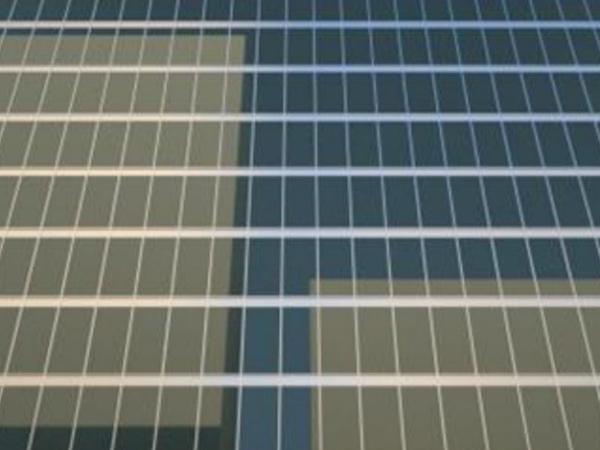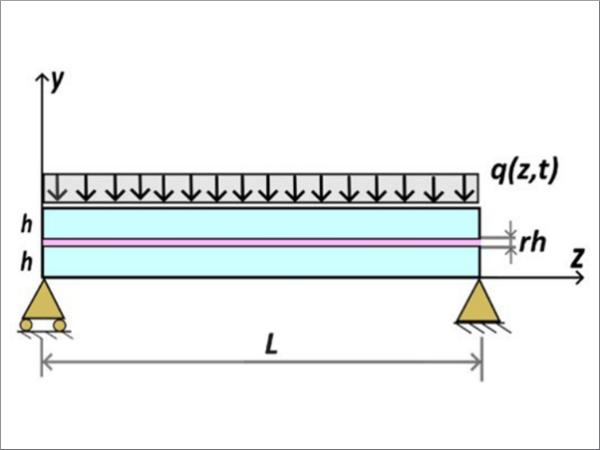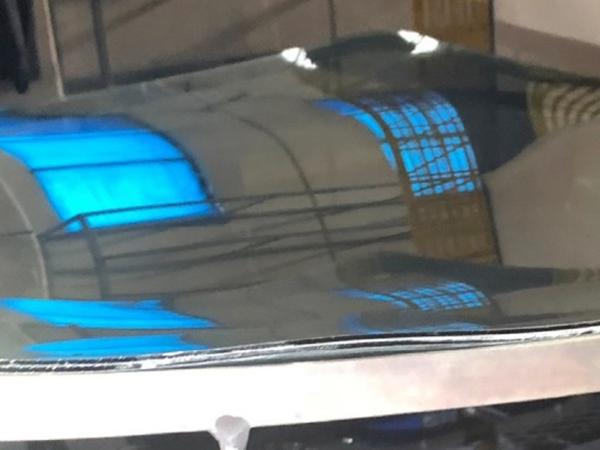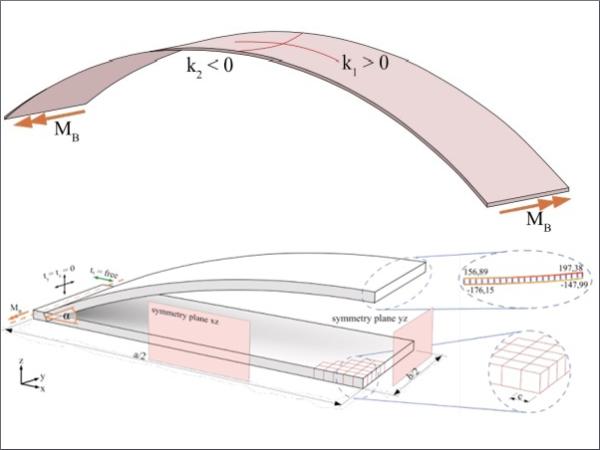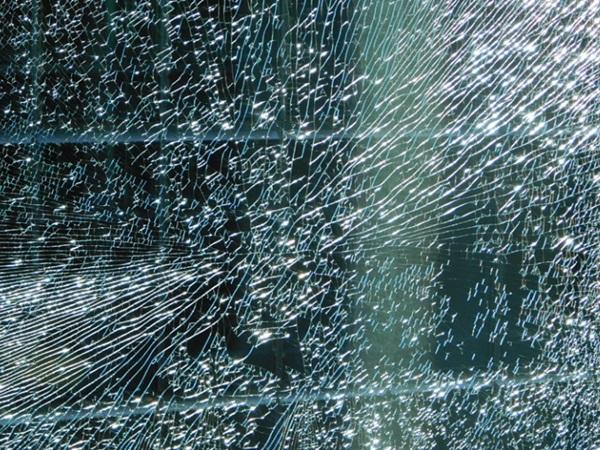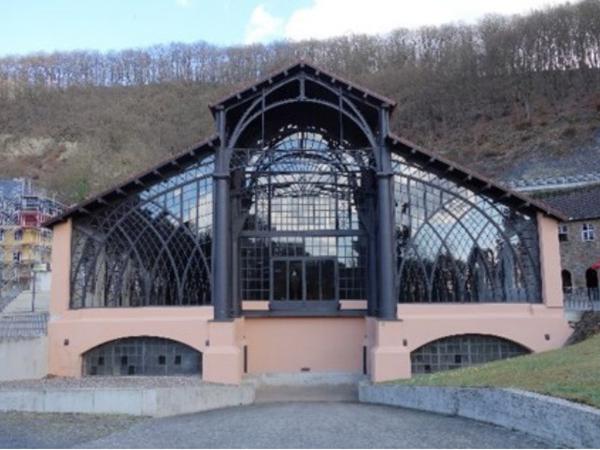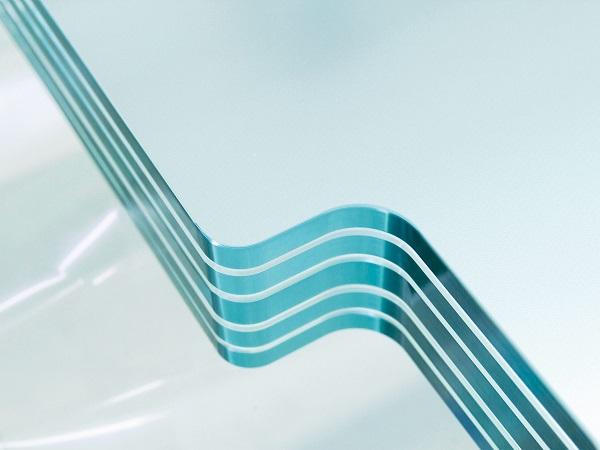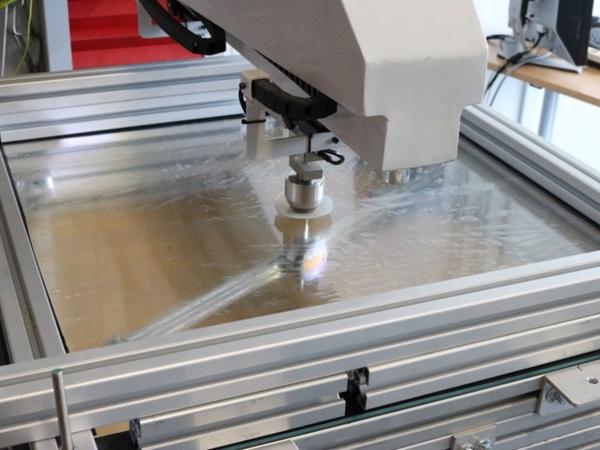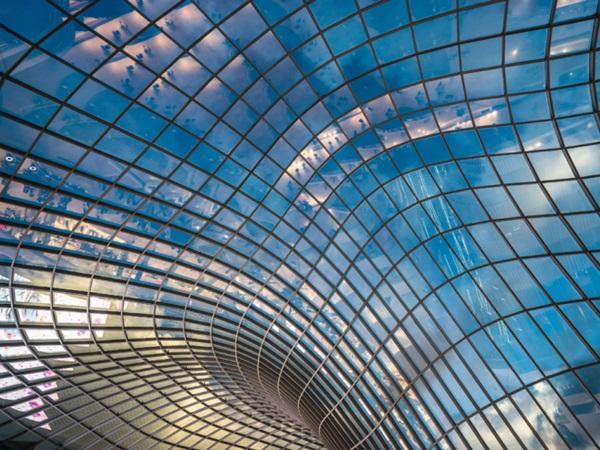Others also read
| In this paper we focus on automotive applications and describe the tests we performed to find the limits of ultrathin glass in handling and within tests simulating stress expected in the field.
| This paper describes the design concept and research process of NEERO-Façade, including the development of an integrated façade fixing and the slim substructure design.
| The aim of this paper is to introduce, in a consistent manner, a holistic appraisal of how to address the refurbishment of modernist buildings of the late 20th century.
| The objective of this study is to understand the response of laminated glass under high-rate bending in the laboratory at rates representative of blast loading.
| The redeveloped CME Center lobby is defined by a striking, wavelike 24’ tall glass façade.
| The approaches proposed by planners and architects for adapting to climate change will be discussed at glasstec 2024 (22-25 October, Düsseldorf) at its Architecture Forum.
| The report reflects the close cooperation between architecture, structure engineering and façade development and shows how resources can be saved with cross-disciplinary solution concepts.
| Application to cantilevered balustrades
| This paper explains the most common types of visual distortion from the glass production process and considers a virtual prototyping approach.
| Investigations of different positions of the sphere and the satellite and their effect on stress distribution are studied. Both, experimental observations and computational FEM simulations are compared.
| This paper presents the initial results of a seismic study of silicone bonded glass curtain wall systems, combining both finite element analysis and experimental validation.
| Within the large material class “glass”, different types have the amorphous structure as well as the time-dependent glass transformation behavior in common.
| Comparisons with Prony series approach.
| In this paper, the Sandwich Theory of effective thickness is applied to the evaluation of multilaminate glass fin stability for in-plane flexure.
| In this study, the profound reasons behind the main benefits of glass preheating by increased convection in automotive windshields (WS)/ sunroof (SR) production are opened.
| This paper investigates the influence of Possion´s Effect on the accuracy and applicability of the used linear elastic Euler-Bernoulli beam theory for the determination of the tensile bending strength of thin glass.
| The present work presents the investigation of historical glass and glass constructions in a suburb of Dresden.
| Laminating glass together with a PVB or ionoplast interlayer can help mitigate security threats that range from smash and grab burglary, forced entry, ballistics, to even bomb blast.
| A novel approach to generate a flat plate with enhanced stiffness has been identified. This approach is scalable, offering the potential for improved stiffness for both large-format glass and thin, chemically tempered glass.
| With increasing concern over plant conservation, there has been a renewed interest in large-scale, enclosed botanical garden structures.
| This paper seeks to understand the outstanding questions around the potential carbon consequences and benefits of using insulating glass units (IGU) in facades.
| The new complete metrology scanner after furnace exit and its capabilities for furnace optimization and quality control.

